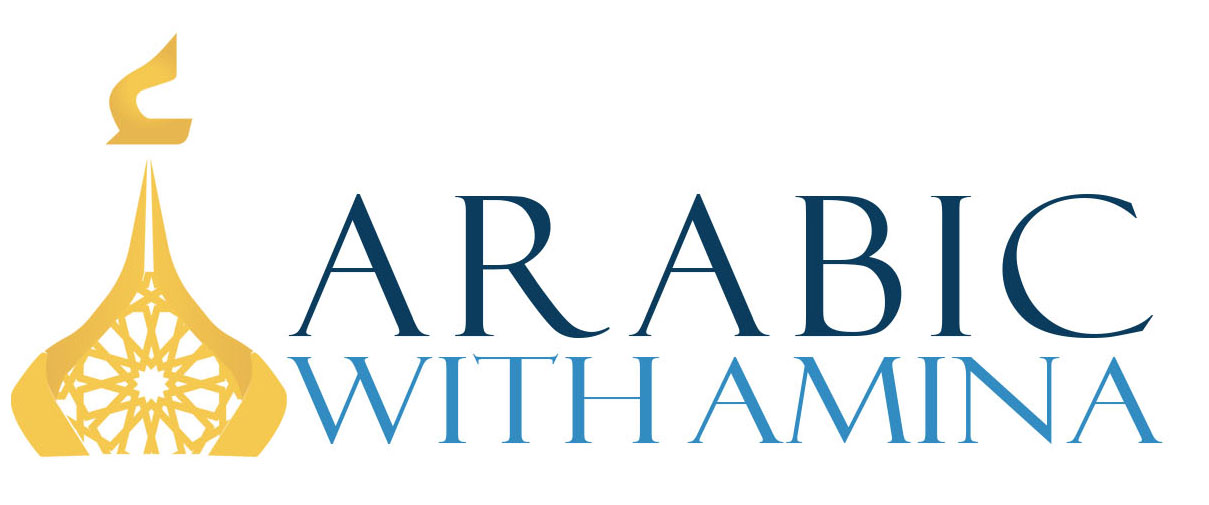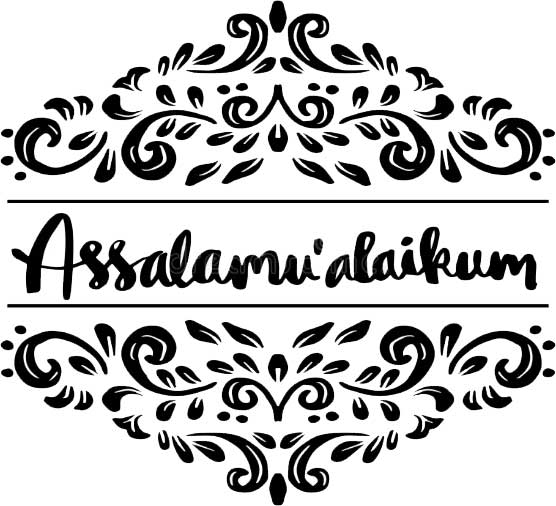The Importance of Greetings in the Arab World
[section]
[row]
[col span__sm=”12″]
[title style=”bold-center” text=”The Importance of Greetings in the Arab World”]
In the tapestry of human interaction, greetings hold a special place, serving as the gateway to meaningful connections and cultural understanding.
This is particularly true in the Arab world, where greetings are not just a formality but a cherished tradition that reflects the values of respect, hospitality, and community that are deeply ingrained in Arabic culture.
The Essence of Arabic Greetings
Greetings in Arabic go beyond a simple hello; they convey wishes of peace, blessings, and good health, reflecting the language’s rich poetic tradition.
These expressions are not just polite formalities but a demonstration of goodwill and respect towards others, which are cornerstone values in Arab societies.
Common Arabic Greetings and Their Translations
- As-Salamu Alaikum (السلام عليكم) – “Peace be upon you”: This is the most common greeting, to which the response is “Wa Alaikum Assalam (وعليكم السلام)” – “And upon you be peace.” It underscores the importance of peace in interactions.
- Marhaba (مرحبا) – “Hello/Welcome”: A warm greeting used in informal settings, reflecting the hospitality that is central to Arab culture.
- Ahlan wa Sahlan (أهلاً وسهلاً) – “You are welcome”: Another expression of welcome that emphasizes the joy of receiving guests.
- Sabah al-Khair (صباح الخير) / Masa al-Khair (مساء الخير) – “Good morning” / “Good evening”: Time-specific greetings that wish the recipient a pleasant day or evening.
- Kayfa Halak (كيف حالك)? – “How are you?”: This greeting shows genuine interest in the other person’s well-being, often leading to more extended exchanges than in Western cultures.
Politeness and Good Etiquette
In the Arab world, the manner of greeting is just as important as the greeting itself. Politeness, respect, and attentiveness to the social status and gender of the person you’re addressing are paramount.
For example, it is customary to greet older people and those of higher social status first. Physical gestures, such as handshakes or kisses on the cheek, accompany greetings and vary depending on the country, region, and the level of familiarity between the individuals.
The Role of Greetings in Arab Society
Greetings in the Arab world serve as a crucial social function, reinforcing bonds of kinship, friendship, and community. They are an essential part of social etiquette, signaling respect, interest, and goodwill.
Understanding and using these greetings appropriately can open doors to deeper connections and enrich one’s experience when interacting with Arab cultures.
In conclusion, greetings in the Arab world embody the essence of Arabic culture, reflecting its values of peace, respect, and hospitality. For learners of the Arabic language, mastering these greetings is not just about learning phrases but about understanding the cultural significance behind them.
It’s a step towards bridging cultures and forming genuine connections. Whether it’s the universal peace wish of “As-Salamu Alaikum” or the warm welcome of “Marhaba,” each greeting is an invitation to engage more deeply with the rich cultural heritage of the Arab world.
[/col]
[/row]
[/section]

